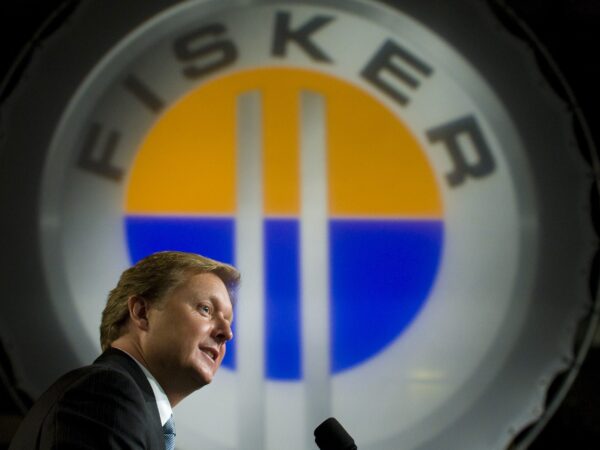Over the past several years, the Tenderloin – a San Francisco neighborhood known as an enclave for the city’s chronically homeless – has been infiltrated by tech companies. The rent is cheaper than anywhere else downtown, and the city provides tax breaks to companies planting roots in specific low-income areas.
Del Seymour spent 18 years living on the streets of the Tenderloin, where he said he was once “the biggest dope dealer.” Today, he leads walking tours of the neighborhood for tech workers, residents, and tourists, to show that the area and its inhabitants have more to offer.
Seymour, 70, is also the founder of Code Tenderloin, a non-profit organization that helps the formerly incarcerated, homeless, and similarly marginalized residents develop job-readiness skills and find work at the same tech companies that have moved into the neighborhood.
The Tenderloin and the area surrounding is still the epicenter of homelessness in San Francisco, with 49% of the city’s homeless denizens living there, according to a 2017 count.
We took the Tenderloin Walking Tour with Seymour. Here's what we learned.
Del Seymour is better known around these streets as the mayor of the Tenderloin.

Seymour, a Chicago native, came to the neighborhood more than 30 years ago from Los Angeles, where he worked as a firefighter-paramedic and owned a construction company.

According to him, the Tenderloin looks about the same. "Close my eyes, I wouldn't know what year it is," Seymour said. (He has since moved to the more affordable East Bay.)
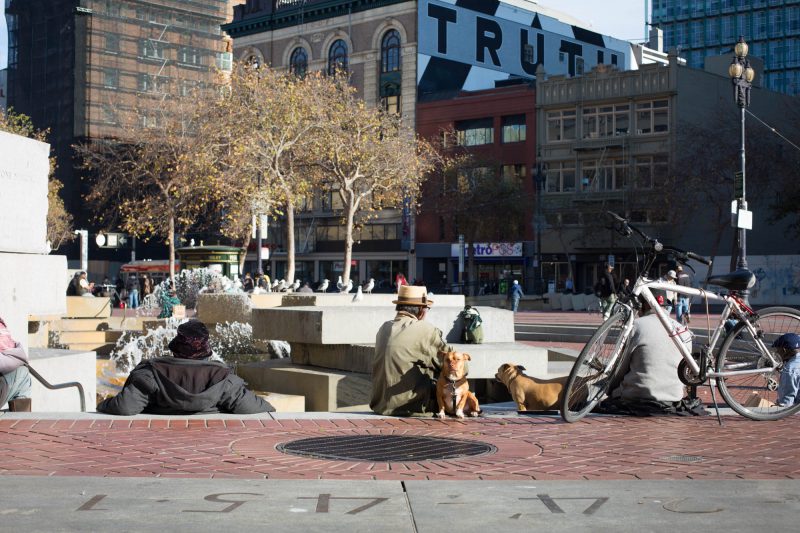
But change has come to the Tenderloin, whether residents like it or not.
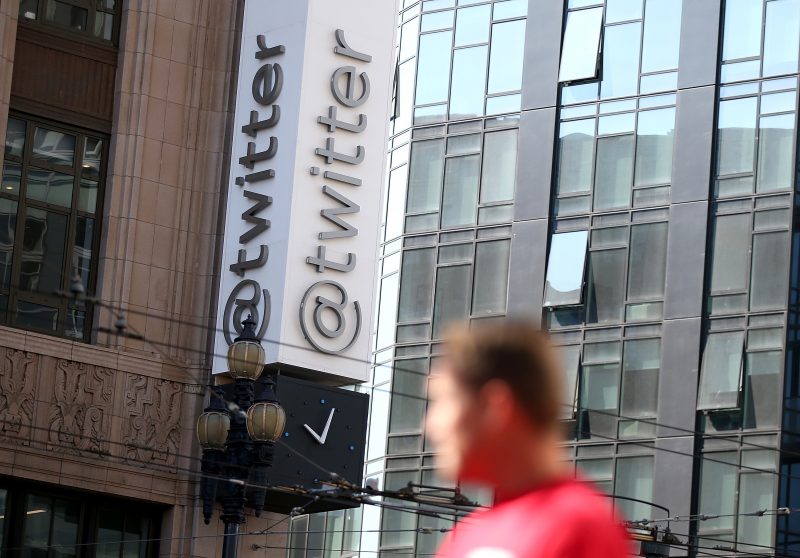
More tech companies have settled in the neighborhood since 2012, when the city started giving tax breaks to tech firms located in specific low-income areas like the Tenderloin. The incentive was meant to lure rapidly developing companies away from Silicon Valley to San Francisco.
Tech companies like Uber, Microsoft, Twitter, Square, Spotify, and Zendesk set up offices near the Tenderloin and added roughly 10,000 new jobs to the local economy.

Source: San Francisco Business Times
But few of those jobs went to people who faced circumstances like Seymour did. He's made it his mission since getting off the streets to "employ all the employable" in the Tenderloin.

Seymour became addicted to crack cocaine within 30 days of arriving in San Francisco. He left his young children with a relative in Oakland and started dealing in Boeddeker Park.
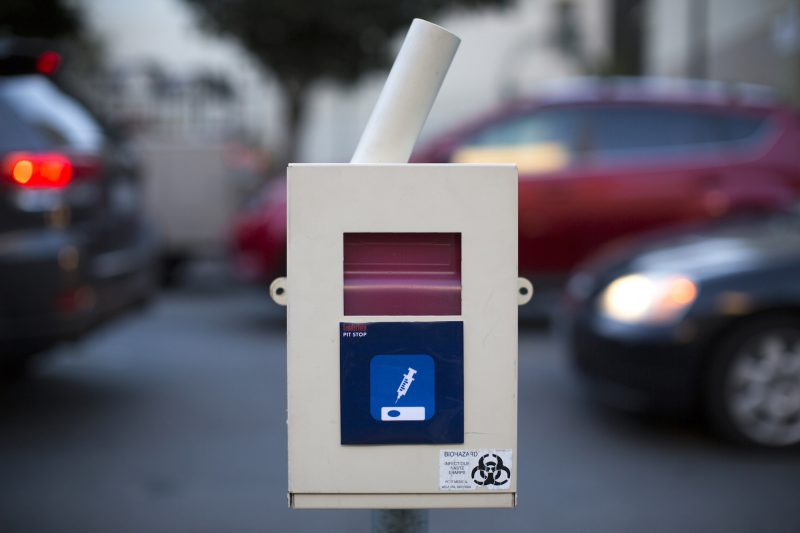
Source: San Francisco Chronicle
During his 18 years on the streets, he rarely slept in the same place two nights in a row. "One night I would be in the back of someone's car. The next night I would be in jail," he said. He rode the subway, crashed in the lobby of the Hilton hotel, and saved for motels.

Seymour loves suits, and even wore one as a drug dealer. He was a fixture of Boeddekar Park, where local churches would come to do community outreach on Saturdays.
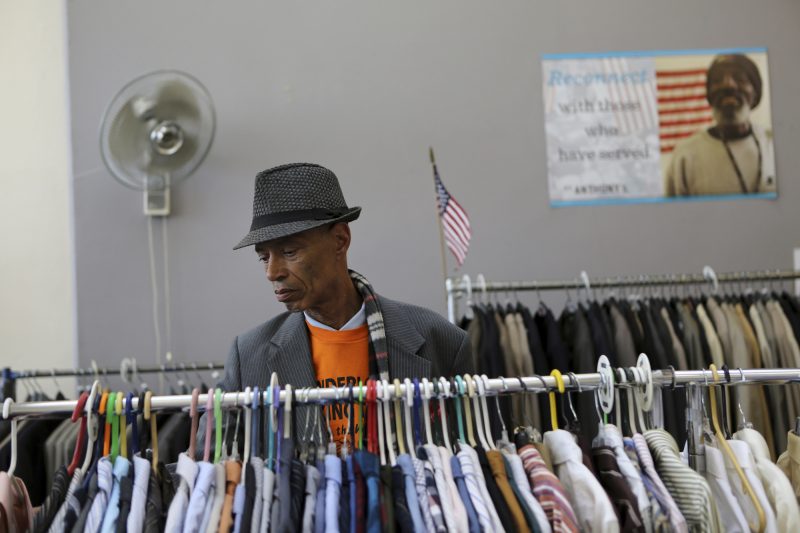
One such Saturday, a member of the San Francisco Christian Center approached Seymour and offered him a new suit, a business card, and an invitation to attend church services on Sunday.
The suit was "brand new with the price tag still on it - $305," Seymour said. "I'm thinking these people must have some money. I'm a con man from the streets. So I say, 'Give me your address,' because I figure I'm going to go down there and see what else I can get from these suckers."
"I went down there the next morning" — for Sunday service — "and do you know what I got from those suckers? I got my life back," Seymour said. Shortly after he gave up drugs.

And he got to work. In 2011, Seymour had the idea to do his own walking tours through the Tenderloin to show visitors and locals that they don't need to avoid the neighborhood.

He puts people to work at Tenderloin Walking Tours. Formerly homeless residents give 90-minutes tours past the area's blighted alleyways and through hotels, coffee shops, burger joints, and dive bars.

The first stop on the tour was the newly opened Proper Hotel at the corner of Market and Mcallister Streets. A view of many of the tech offices greets revelers at the rooftop bar.

As tech companies settle into the area, hotels move in alongside them. The Proper Hotel is a beautifully restored and designed gem that attracts creative types and business travelers.
Twenty-five years ago, this street corner was home to a Greyhound bus station where people from all over arrived to "get rich" in San Francisco, according to Seymour.
A one-acre plaza at Trinity Place, a large apartment and retail development, was deserted when we arrived. A 92-foot-tall modernist statue of "Venus de Milo" towers over the lawn.

The developers agreed to house all the tenants who previously lived in the dilapidated complex and charge them similar rates. There are 500 affordable, below-market units.
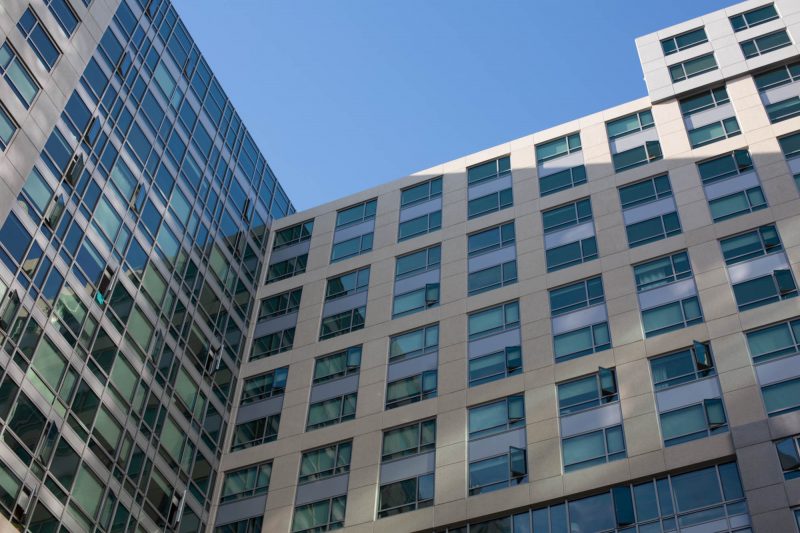
Source: SFist
We stopped into theaters, restaurants, and bars where Seymour had placed graduates of the Code Tenderloin program over the years. Everyone seemed to know his name.
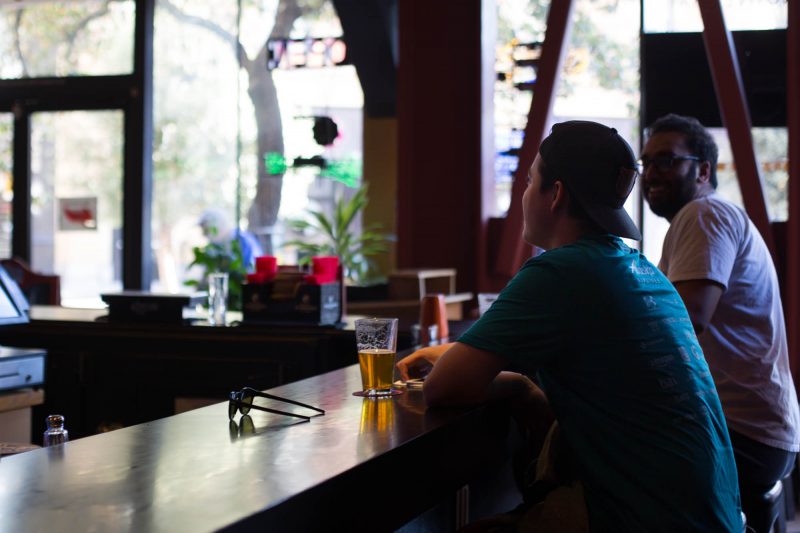
We could see how Seymour got the nickname "mayor of the Tenderloin." As we walked, he greeted dozens of people — business owners and homeless individuals — as old friends.

At Popsons Burgers on Market Street, a woman behind the counter asked Seymour for his business card. She said her friend hoped to discuss a potential job placement with him.

According to Seymour, many attendees join the tour with at least one of these three beliefs: Homelessness is a myth, the Tenderloin is dangerous, and homeless people want to be homeless.

"People ask, 'Why are you sleeping on the street?'" Seymour said. "But those people say, 'Why are you stepping in my bedroom?'" There were people squatting on most blocks.

There were at least 3,680 residents living on the streets of District 6 (which includes the Tenderloin and much of SoMa) on any given night in 2017, according to a city count.
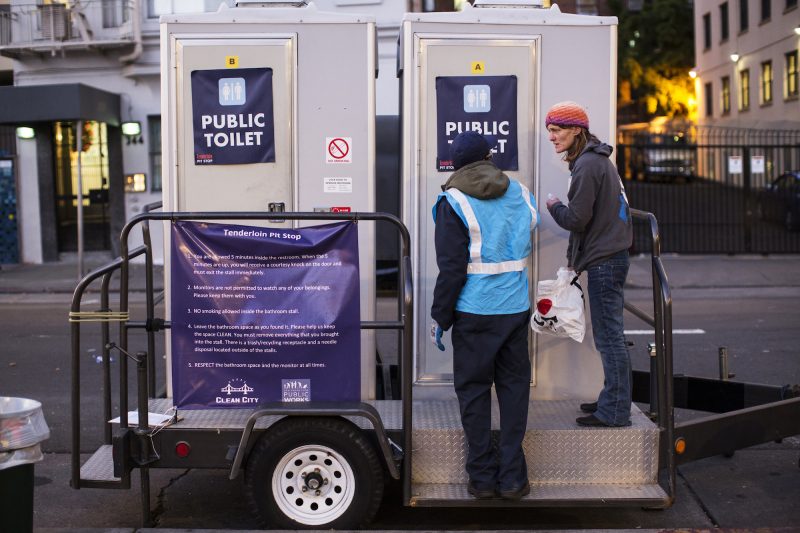
Source: SFist
On the tour, Seymour pointed out St. Boniface Church, one of the few places of worship nationwide that lets homeless people sleep in pews. Doors open from 6 a.m. to 1 p.m.

Nearby, volunteers inside the social service center St. Anthony's swept the floors of a dining hall that serves 2,400 meals a day to veterans, seniors, the working poor, and the homeless.

The center has a tech lab that offers free computer classes, tutoring, life skills courses, and job-search counseling, all designed specifically for adults struggling with poverty.
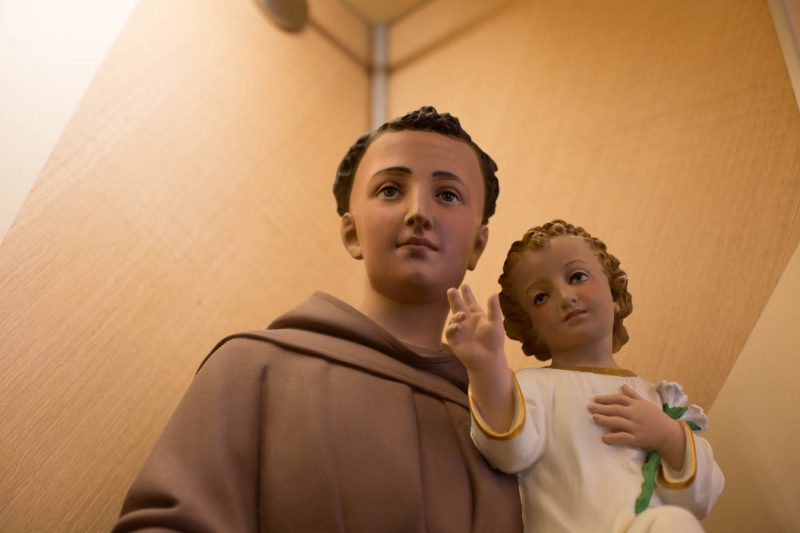
Our last stop was the offices of Code Tenderloin, which Seymour founded in 2015. The non-profit partners with tech companies like Twitter, Zendesk, and Dolby Laboratories to mentor and train students and get them ready for jobs at tech companies in the neighborhood.

The goal is to get tech companies to hire locally and diversify workforces. He sees himself as a diplomat between the two communities, working with the tech industry rather than against it. Several hundred graduates have found employment through Code Tenderloin.

Seymour said he doesn't like the word "change," when talking about what's happening in the Tenderloin. Neither do his students. "Change scares people. Change means you're going to lose your house," Seymour said. "Improvement is what we need."







